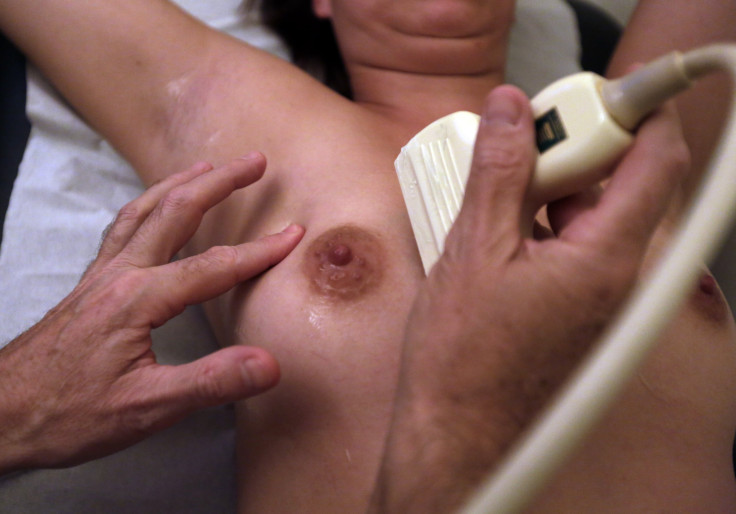Women With Benign Breast Diseases Are At A High Risk To Develop Breast Cancer

Women with benign breast diseases are likely to develop breast cancer in later years, says an advanced breast cancer assessment model developed by Mayo clinic for National Cancer Institute. Biopsies are performed to diagnose breast cancer in women when probable risk is found during physical examination and in mammogram.
In three-fourth of the patients, no malignancies would be reported in biopsy and are considered as benign breast diseases. The new assessment model helps classify breast cancer risk in the benign biopsies in contrast to the Breast Cancer Risk Assessment Tool (BCRAT) used widely.
The incidence of breast cancer in women with Benign Breast Disease was found to be high when assessed with the new model in a research conducted among 10,000 women by Mayo Clinic.
Women with atypical hyperplasia, which is a type of benign breast disease, are at a higher risk of breast cancer. Atypical hyperplasia is a condition where abnormal growth of breast cells is observed and is considered as a forerunner for breast cancer. The epithelial cells lining the lobules and ducts in the breast grow abnormally larger in size and number, ranging from mild to florid and is referred to as hyperplasia.
Hyperplasia develops with aging and is predominant in women aged over 35. In atypical hyperplasia the large number of cells thus grown forms a typical shape or a pattern which has a tendency to develop into malignant tumour. Surgical removal of atypical hyperplasia would be recommended in some cases whereas core biopsy would be suggested for the rest.
The risk of breast cancer is greatly reduced with proper treatment and regular follow ups in the case of atypical hyperplasia. Routine breast check-ups and early detection of such breast diseases is extremely helpful in ruling out the possibility of breast cancer risk in the future.
To report problems or to leave feedback about this article, email: saranya@ibtimes.com.au





















